TWAS THE NIGHT BEFORE SHRIMPING
and all along the docks
The boats were idling
and soon to take off
All the nets were hung
in the rigging with care
In hopes that the shrimp
would be waiting out there
"Off with the spring and stern lines"
the captain yelled out
A little boost forward
and she slowly swung out
"Throw up the bow line"
the captain said low
Away from the dock
she smoothly backed slow
Forward into the moonlit darkness
she idled slow
Down the outriggers,
full throttle, let's go!
Our take on the Christmas classic by the shrimper half of The Salty Shrimper, Marvin Prine.
and all along the docks
The boats were idling
and soon to take off
All the nets were hung
in the rigging with care
In hopes that the shrimp
would be waiting out there
"Off with the spring and stern lines"
the captain yelled out
A little boost forward
and she slowly swung out
"Throw up the bow line"
the captain said low
Away from the dock
she smoothly backed slow
Forward into the moonlit darkness
she idled slow
Down the outriggers,
full throttle, let's go!
Our take on the Christmas classic by the shrimper half of The Salty Shrimper, Marvin Prine.
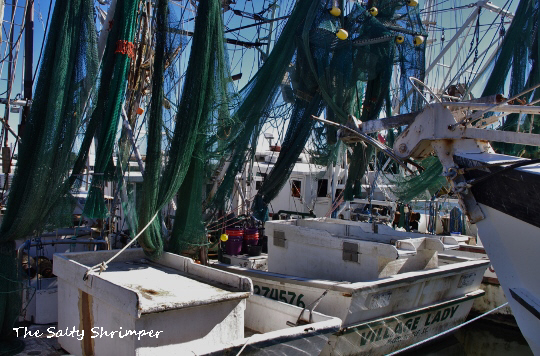
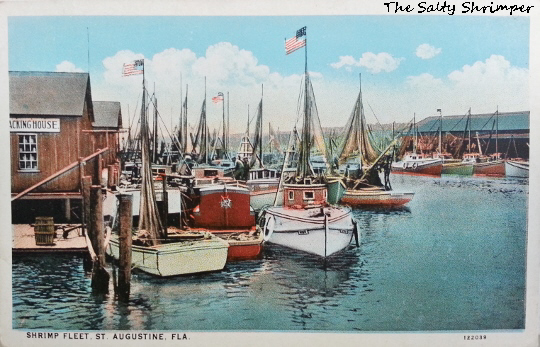
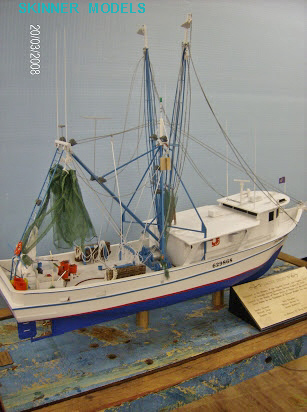
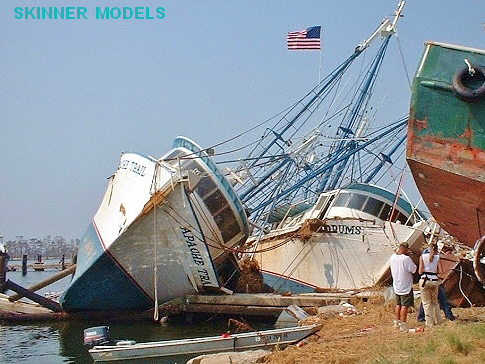
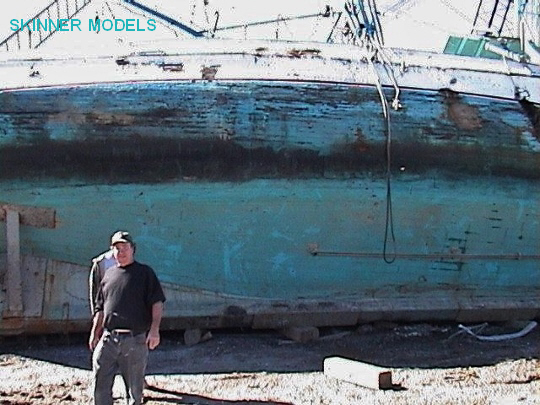
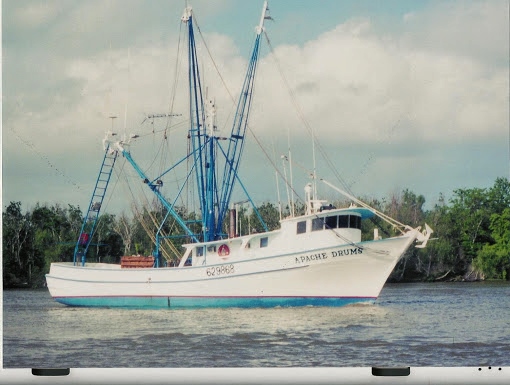
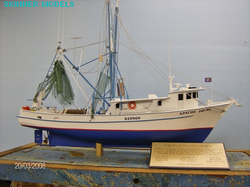
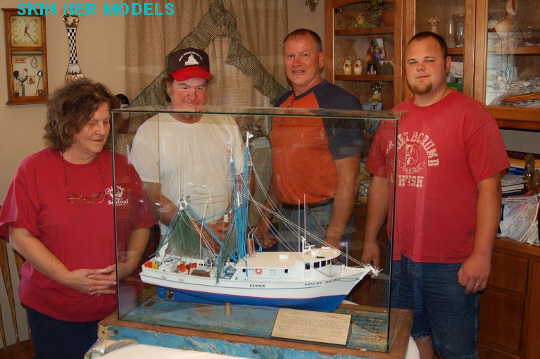
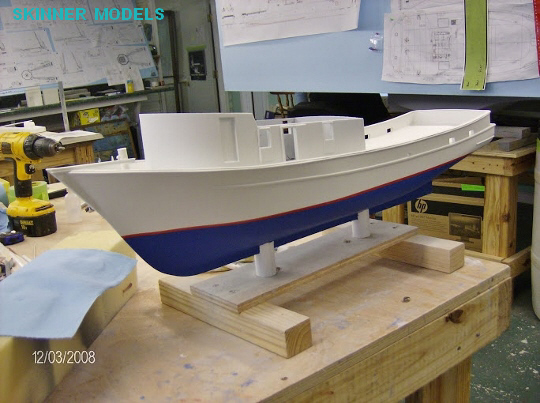
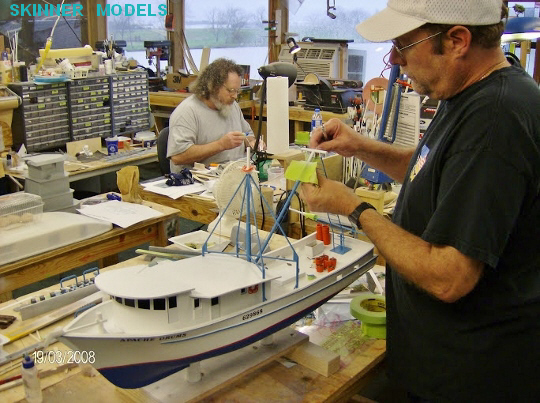
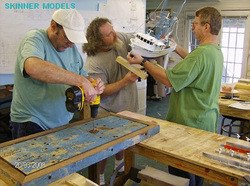
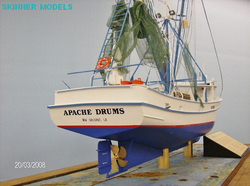
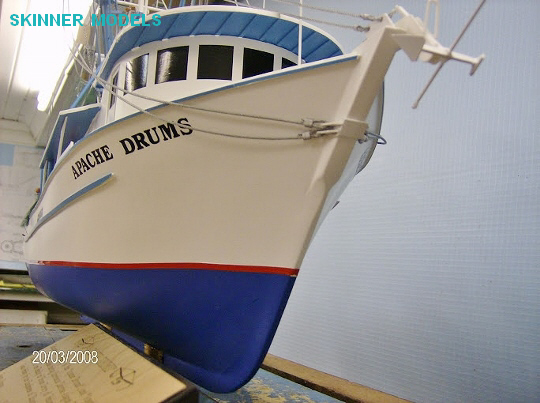
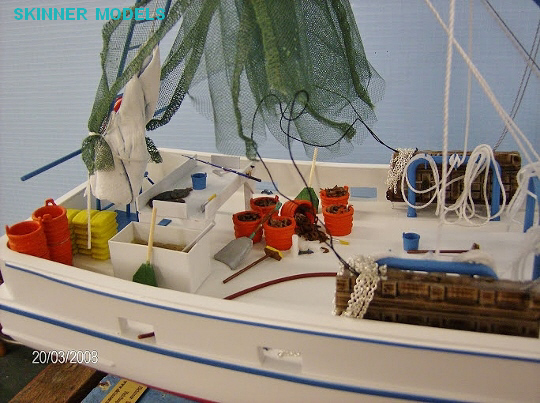
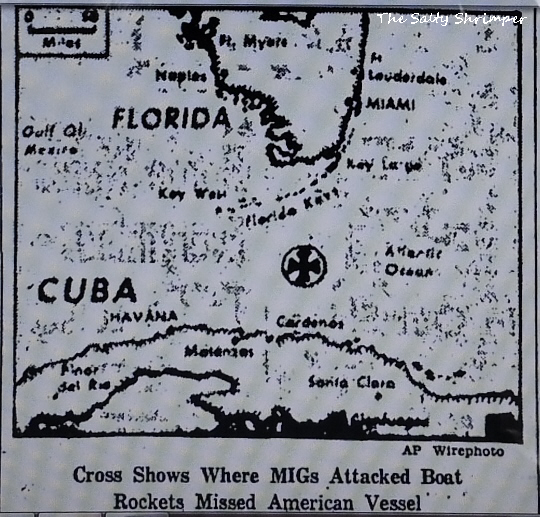
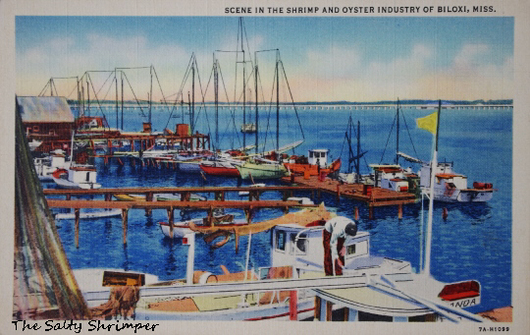
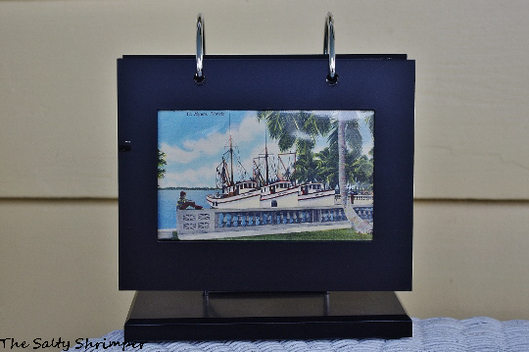
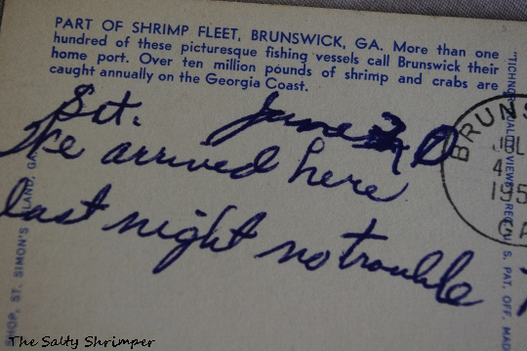
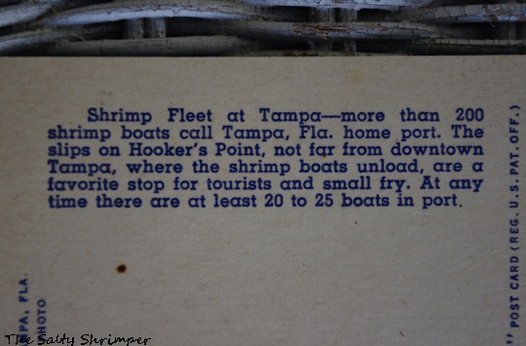
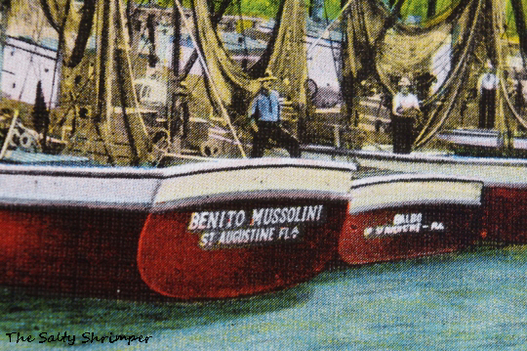
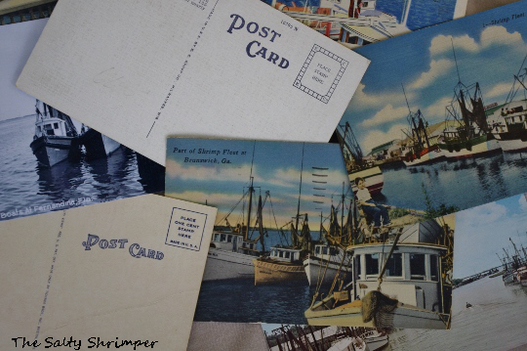
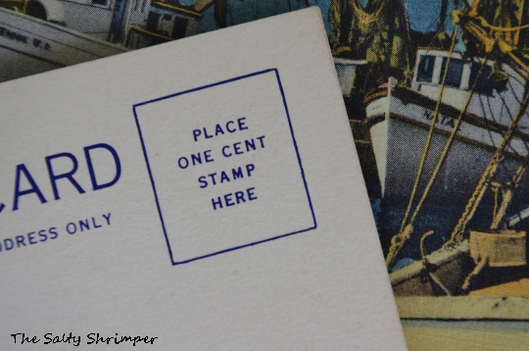
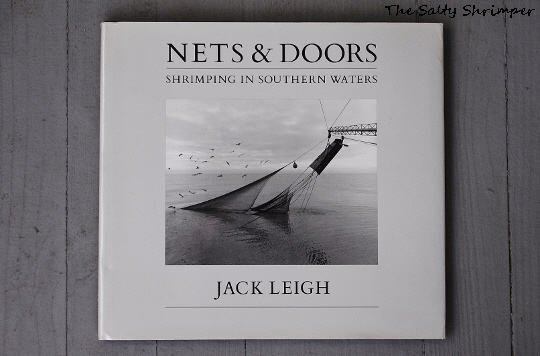
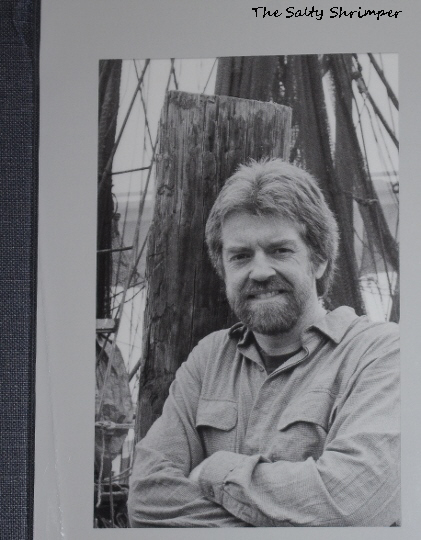
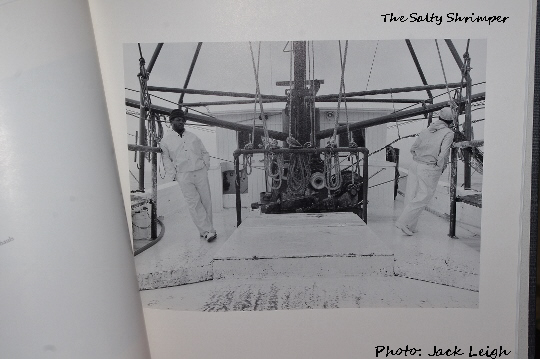
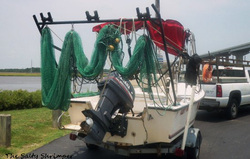
 RSS Feed
RSS Feed
